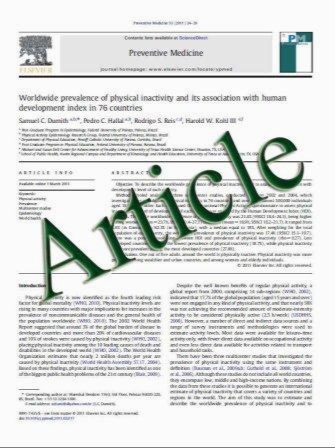Endoscopic third ventriculostomy for hydrocephalus in children younger than 1 year of age
- نوع فایل : کتاب
- زبان : انگلیسی
- مؤلف : Essam A. Elgamal & Abdel-Azim El-Dawlatly & Waleed R. Murshid & Sherif M. F. El-Watidy & Zain Al-Abedin B. Jamjoom
- چاپ و سال / کشور: 2010
Description
endoscopic third ventriculostomy (ETV) in the treatment of hydrocephalus in children under 1 year of age. The authors analyzed data of ETV in their institution. Methods Between January 1995 and December 2008, 52 ETV procedures were performed for the treatment of hydrocephalus in 49 infants (32 male and 17 female). Their age ranged from 6 days to just under 12 months (mean age 6.2 months). The cause of hydrocephalus was occlusive in 43 patients (aqueduct stenosis in 31, Chiari II malformation in eight, Dandy–Walker cyst in two, quadrigeminal lipoma in one, and cerebellopontine angle arachnoid cyst in one patient). Communicating hydrocephalus was caused by intraventricular hemorrhage, meningitis, and/or ventriculitis in six patients. Results The overall success rate was 69.4% with mean follow-up period of 68.2 months. Patients with aqueduct stenosis had a higher success rate of ETV which was 77.4%. Seven infants were born preterm, six of them required a permanent ventriculoperitoneal shunts (VPS; P=0.003). Malfunctioned VPS was removed in two patients following ETV. There was one death from intracranial hemorrhage, two cerebrospinal fluid leaks, and one meningitis. Conclusion Endoscopic third ventriculostomy can be considered a possible treatment procedure alternative to VPS for the treatment of occlusive hydrocephalus in infants. ETV was effective in full-term infants while the results in low birth weight, preterm infants were poor. Success of ETV is not only age dependent but also etiology dependant. Infants with occlusive hydrocephalus treated with VPS, who present with shunt failure, could be treated by ETV and removal of the shunt device.
Childs Nerv Syst (2011) 27:111–116 DOI 10.1007/s00381-010-1254-3 Received: 26 February 2010 / Accepted: 26 July 2010 / Published online: 6 August 2010


